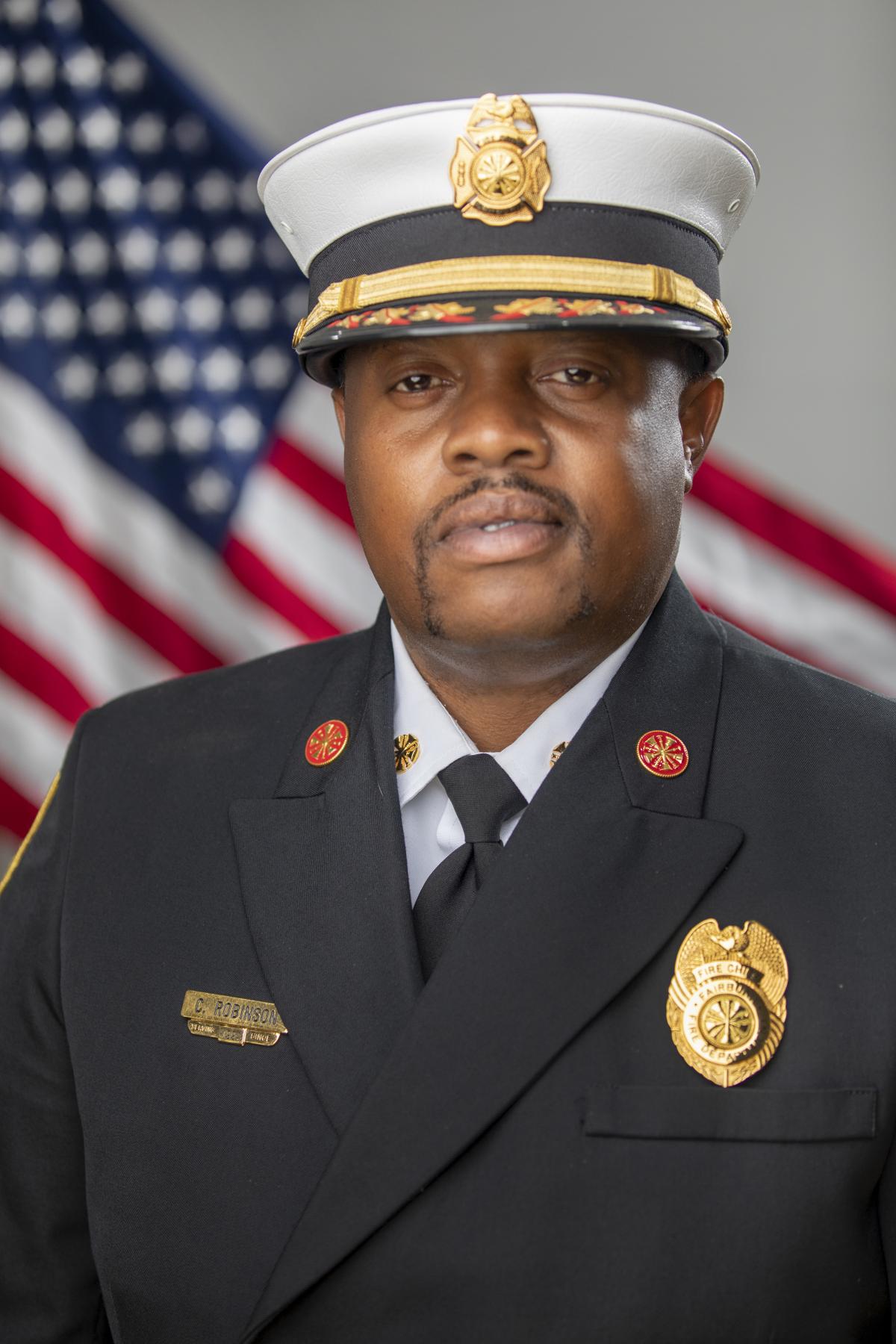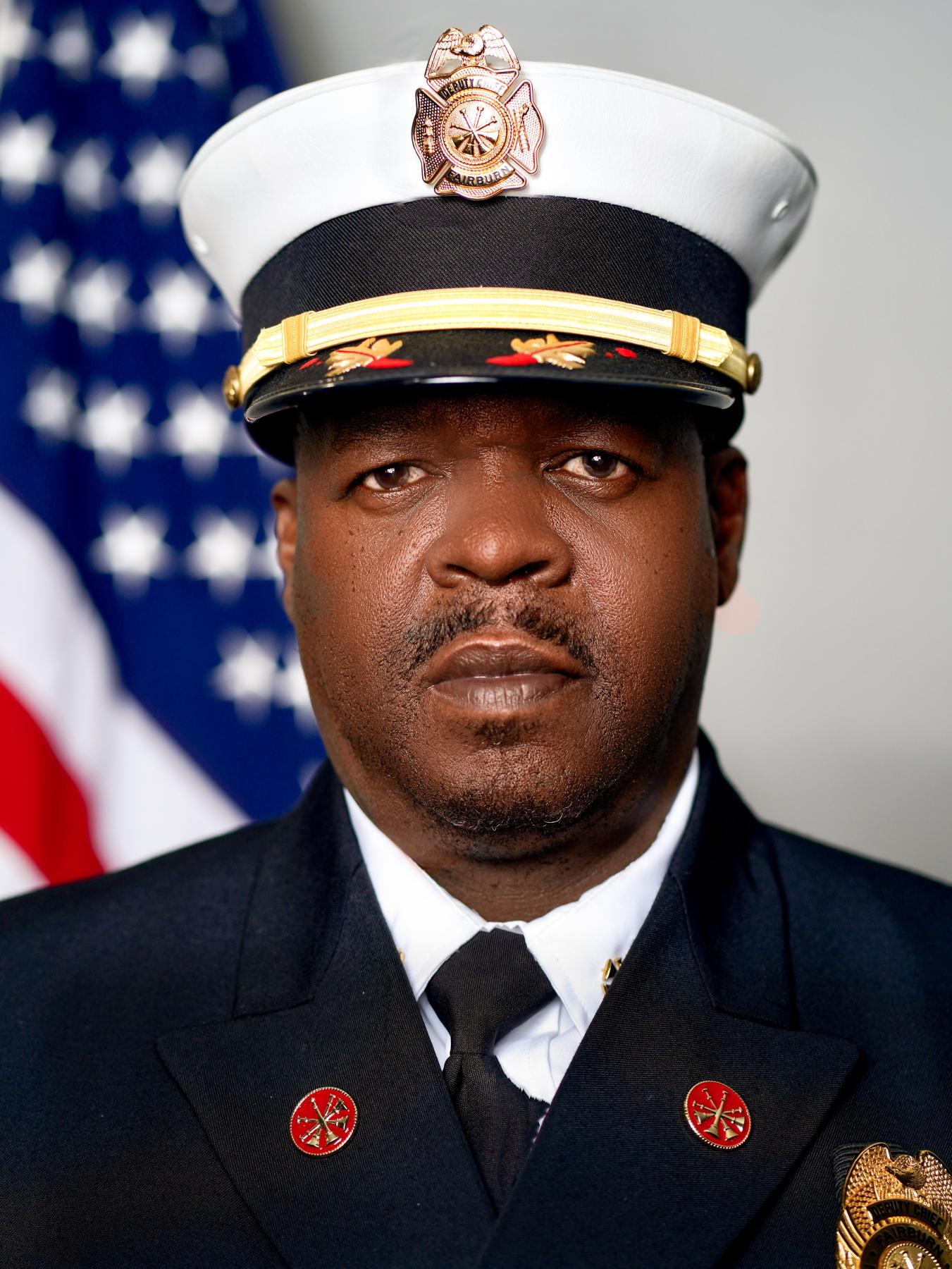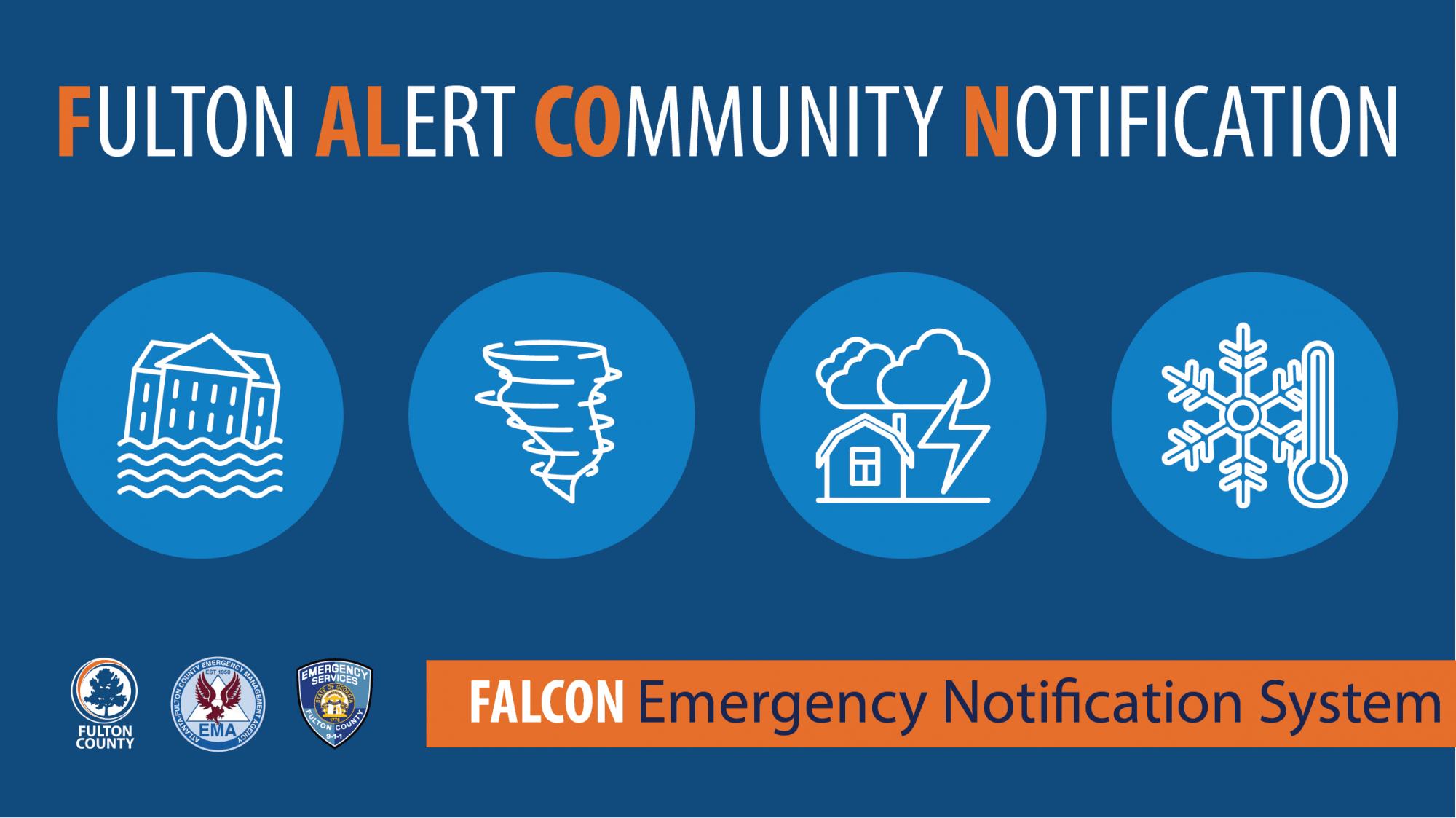Fire Department

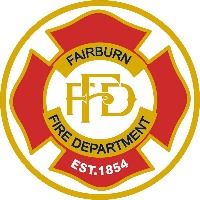 The Fairburn Fire Department is a fully functional career department. It began operation April 1, 2006. The Fairburn Fire Department consists of an Administrative Division, a Fire Marshal's Office, a Training Division, and an Operations Division.
The Fairburn Fire Department is a fully functional career department. It began operation April 1, 2006. The Fairburn Fire Department consists of an Administrative Division, a Fire Marshal's Office, a Training Division, and an Operations Division.
The department is prepared to respond to emergency calls 24 hours a day, 365 days a year. In addition to fire suppression, the department provides first responder emergency medical services, vehicle accident extrication and fire, and life safety inspections and education.
Mission Statement
Provide a first class level of service and protection, and instill a sense of well-being in the community through service, education, and outreach.
Vision Statement
Fairburn Fire will cultivate a safer, healthier and active community through a partnership with citizens that are engaged, knowledgeable and prepared.
Values
- Accountability
- Commitment
- Compassion
- Diversity
- Health and Safety
- Integrity
- Professionalism
- Respect
- Teamwork
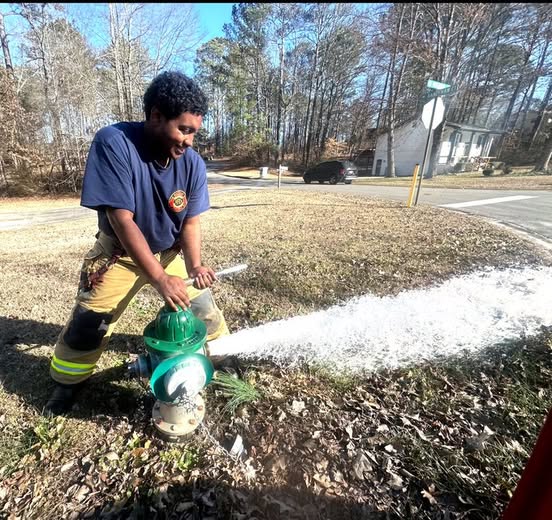
FAQ's
Why is hydrant flushing necessary?
It enhances water quality by removing sediments from inside the mainline and flushing them out through the hydrant; identifies malfunctions of the hydrant and related valves; helps determine weaknesses in the water distribution system; identifies inadequate water volumes and pressures in the mainlines and helps determines fire flow adequacy.
What should I do when City crews are flushing hydrants in my area?
Mainly, avoid using the dishwasher, washing machine; don’t turn on the faucets (hot or cold); wait until the operation is completed.
If you are driving in the work zone, please drive carefully.
Why does my water look rusty or cloudy after hydrant flushing?
When a hydrant is opened, the water in the main line flows out at a high velocity. This creates a scouring action in the pipe and dislodges fine sediment particles that have accumulated in the pipe. The fine sediment mixes with the water, turning the water into a cloudy or rusty brown color. This mixture is discharged out of the hydrant. There is no health hazard associated with the discolored water. Remember, after the hydrant flushing operation, let your water clear a few hours before you use it.
Who do I call for more information?
For additional information about water quality, please call Customer Service, (770) 969-3481.
What should I do after the flushing?
If the tap water is used during flushing, it could come out full of sediment and discoloration. If you encounter discolored water, shut the water off and wait several minutes. After waiting, check the clarity by running cold water for a few minutes allowing new water to work its way into your pipes. If not, wait a few more minutes and check again. In some cases, you may experience slight discoloration for a few hours. This discoloration only affects the appearance of the water; it does not affect the taste or water quality.
What should I do if my water pressure or volume seems low after flushing?
Check your faucet and washer screens for trapped debris.
Why does the water look rust colored after hydrant flushing?
When a hydrant is opened, there will always be temporary incidences of discolored water containing fine sediment particles. There is no health hazard associated with discolored water. Allow a few hours for discoloration to dissipate. To verify the water has settled, allow your cold water tap to run for a few minutes. If the discoloration persists for more than twenty-four (24) hours, please contact Customer Service.
Is it OK to drink sediment-laden or discolored water during temporary disturbance events?
It is recommended that water users wait until the water has cleared before using it for potable purposes.
What is the silt in the water system after flushing?
Water contains minerals, and these minerals react with the inside of the pipe to produce the by-product. This chemical reaction between the pipe and water is a normal and natural process. This process can occur on the inside of the pipe and prevent an adequate volume of water flow. The flushing process removes much of this by-product.
What will happen if fire hydrants are turned on or off too quickly?
This will cause "water hammer", which is a pressure surge or wave when water in motion is forced to stop or change direction suddenly. The pressure wave can cause major problems, from noise and vibrations to pipe collapse. In home plumbing, this is experienced as a loud bang resembling a hammering noise. Water Department and Fire Department Employees have received instruction on how to operate fire hydrant valves slowly to avoid water hammer.
FIRE STATION #23 GROUNDBREAKING CEREMONY

FIRE STATION #23 RENDERINGS
The City of Fairburn is excited to announce that the design phase for Fire Station #23 has been completed and the project is currently out for solicitation. Take a look at the day 3-D rendering of what the Fire Station will look like once constructed.
Fairburn Fire Dept. Partners with Campbell Elementary
Thank you to the Fairburn Fire Dept. for providing an interactive 8-week fire safety training with the kindergarteners at Campbell Elementary School! We are grateful for your service and continued commitment to educating the Fairburn community, young and old!!
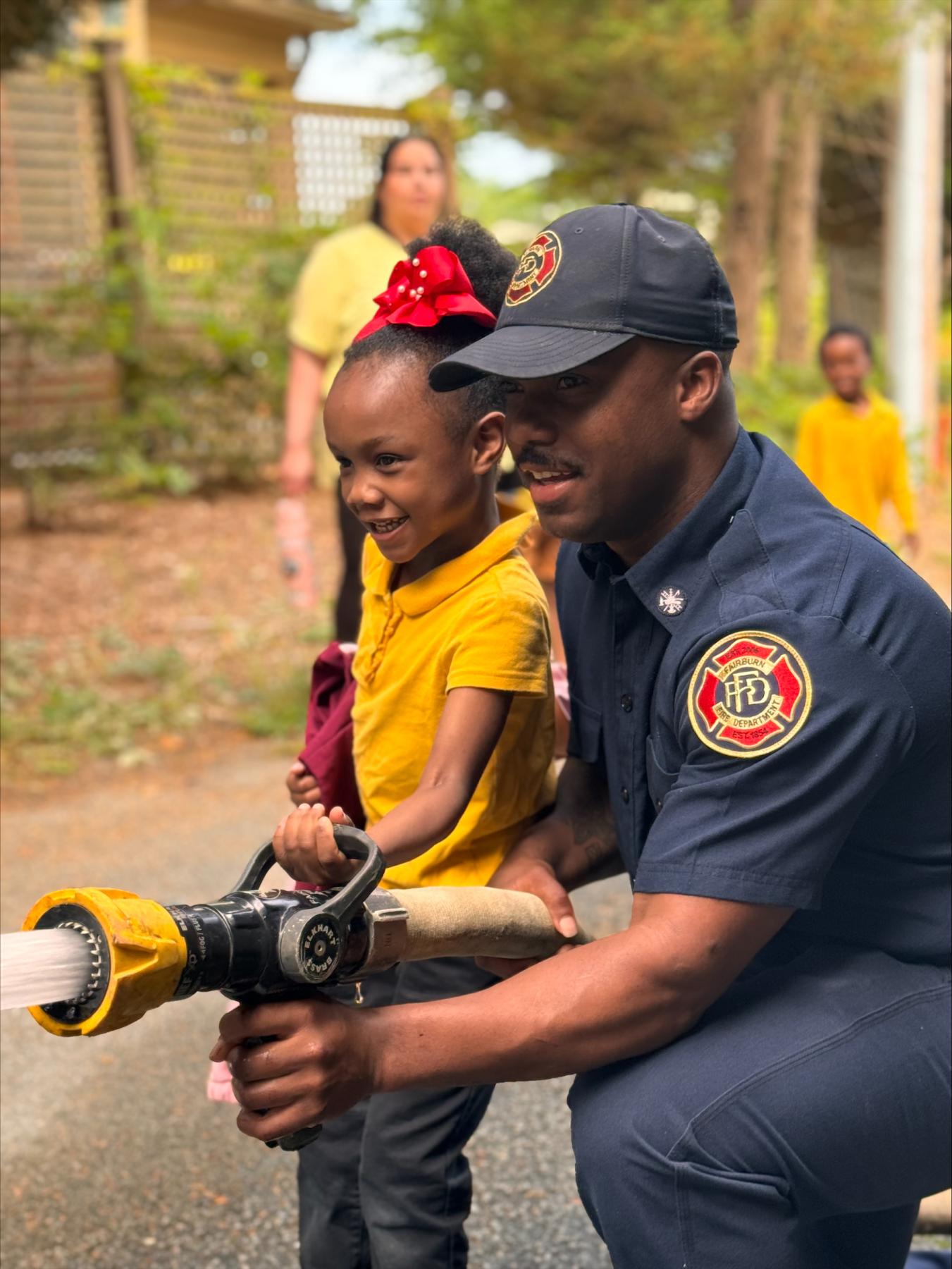
Fairburn Fire Physical Agility Process
Week 1: Outdoor Burning
When camping, grilling, or having a bonfire, make sure that you check with the fire department for any restrictions on starting an open-air, recreational, or outdoor cooking fire. Obtain the proper permits, if required. Some places do not permit outdoor burning during certain seasons. Closely observe all outdoor fires, and make sure they are completely out before leaving. Open fires must be at least 50 feet away from anything that can burn. Recreational fires need to be at least 25 feet from anything that can burn. Avoid burning on windy or dry days. On these days, it is easy for the open burning to spread out of control. Where outdoor burning is allowed, never use gasoline or other flammable or combustible liquids. When burning, have a hose, a bucket of water, or shovel and dirt or sand nearby to extinguish the fire.
Week 2: Wildfire-Are You Prepared?
Plan and practice wildfire safety
Conduct outdoor burning safely and legally. Make sure-fire response vehicles can easily access your house. Talk to your neighbors and family about possible escape routes from the home by car and on foot. Make sure that fire emergency telephone numbers are posted.
Protect Your Home
It is important that you try to prevent fires from spreading around your home, by creating a 30-100 foot safety zone around your house. Rake and remove leaves, dead limbs, twigs and rubbish from around and under structures in this zone. You should regularly clean gutters and rough, and cut the grass.
Escape Safely
If you have to evacuate, you should do so immediately. Wear long sleeves, pants, gloves, and sturdy shoes. You should also have a rag or something to protect your face. Make sure you have a route planned out that is away from fire hazards. Tell someone when you leave and where you are going.
Week 3: Lightning Safety
In the event of a lightning storm, you should seek shelter immediately. Once inside your home, avoid corded phones, computers, and other electrical equipment that put you in direct contact with electricity. Avoid washing your hands, showering, bathing, doing laundry, or washing dishes. It is important that you stay away from windows and doors. If you are not able to find shelter in your house, a car with a hard-top is your next best solution. If you’re in/on open water, go to land and seek shelter immediately. If there is no shelter around you and you feel your hair stand on end (which indicates that lightning is about to strike) squat low to the ground on the balls of your feet. Place your hands over your ears and put your head between your knees. Make yourself the smallest target possible and minimize your contact with the ground. This is the last resort when a building or a hard-topped vehicle is not available.
Week 4: Barn and Outdoor Electrical Safety
If you have a barn it is important to maintain all equipment that is in the barn. Anything that is flammable (heat lamps, space heaters, etc.) should be placed on a sturdy surface that is a safe distance away from anything that can burn. Make sure that no wires are damaged, and do not use extension cords in the barn. Light bulbs should be covered to protect them from dust, moisture, and breakage. Dust and cobwebs should be removed from around electrical outlets. Outside of the barn, electrical work should be done responsibly. Electrical work should always be done by a qualified electrician. If you are doing electrical work outside, use a wooden or fiberglass ladder. You should always assume that all power lines are live, even if they are down. If you do touch a power line you could be injured or electrocuted. Some power lines are underground. You should call your local authority to have lines identified and marked before you start digging.
